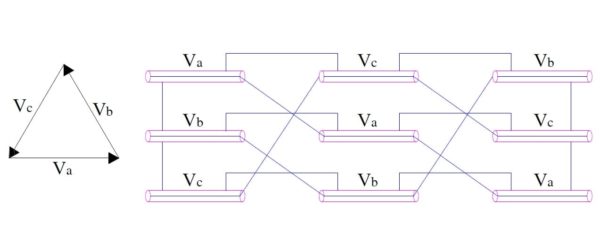Causes of Low Power Factor
Low power factor has several disadvantages in power system. The main effect of low power factor is to increase the current and hence increase losses. This reduces overall system efficiency. Low power factor is thus not desirable from economic point of view. Let us first understand the basic cause for low power factor. We know … Read more


